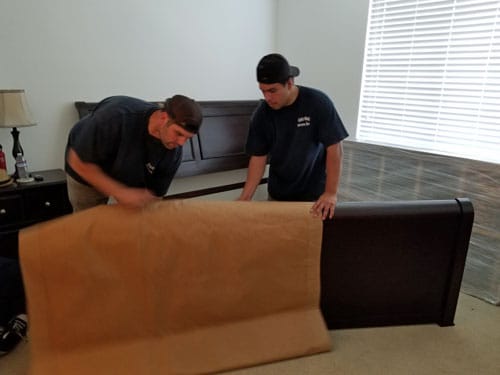Moving can be an exciting milestone, but it also comes with a fair share of challenges. From packing and organizing to transportation logistics, the process can quickly become overwhelming. This is where professional local movers can make a significant difference, transforming what might feel like chaos into a seamless and […]







